In the context of increasingly fierce global competition, removing land bottlenecks for small enterprises is not only a support but also a new driving force for the national economy. Resolution 68 of the Politburo on private economic development, if legalized and strictly implemented, can become a strategic turning point, opening a new development cycle for millions of Vietnamese enterprises.
Need more space
Resolution 68 sets a target that by 2030 Vietnam will have 2 million enterprises with at least 20 large enterprises participating in the global value chain. To realize this goal, a series of policies have been proposed to remove institutional barriers and promote comprehensive enterprise development.
One of the breakthrough contents of the resolution is the requirement for localities to allocate at least 5% of land fund in industrial zones/clusters for small enterprises, creative startups, and high-tech enterprises. This is accompanied by a preferential policy of reducing land rent by 30% within 5 years. This is an important opportunity for small enterprises to develop, expand their scale, and increase their competitiveness in an increasingly demanding market context.
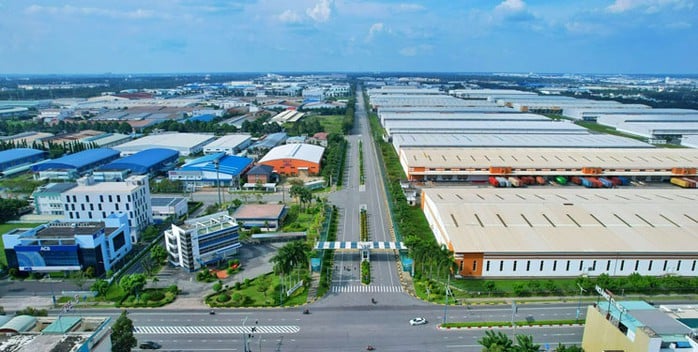
Ho Chi Minh City's industrial land fund will be expanded after merging with Binh Duong , the industrial capital of the entire Southeast region. Photo: NGUYEN THAO
Although the spirit of the resolution is clear, the implementation process is facing many challenges. For example, at Hiep Phuoc Industrial Park, Nha Be District, Ho Chi Minh City, the pilot model of allocating 80 hectares of land, divided into small lots of 750-2,000 m2 for small enterprises was once highly anticipated.
However, the reality is not favorable, having to apply common construction standards such as setbacks, trees, and distances, causing the useful area in small lots to shrink significantly, pushing the investment cost per square meter very high. The implementation process has encountered difficulties, making it unfavorable to continue developing this model.
According to Mr. Nguyen Quoc Anh, Chairman of the Ho Chi Minh City Rubber and Plastic Association, clean land for industrial production is a matter of survival, when many enterprises are forced to move factories out of residential areas in the inner city but land for industrial production is always scarce and expensive.
"For small businesses, clean land is not only a place to set up a factory but also a place in the production value chain. Without stable land, long-term investment is impossible, and productivity and competitiveness cannot be improved," said Mr. Quoc Anh.
Mr. Nguyen Quoc Anh said that it is necessary to quickly transform the contents of the resolution into legal documents, ensuring synchronous and fair implementation, avoiding the situation of "hot above, cold below".
In the textile sector, Mr. Pham Xuan Hong, Chairman of the Ho Chi Minh City Textile, Embroidery and Knitting Association, said that along with land policies, the policy of reducing land rent by 30% in the first 5 years is important for businesses. This is a positive signal, helping businesses shift production to the suburbs, save costs and better comply with environmental and construction standards.
Promoting the conversion of industrial parks
Mr. Tran Viet Ha, Deputy Head of the Management Board of Ho Chi Minh City Export Processing Zones and Industrial Zones (HEPZA), said that small enterprises can rent land but the actual usable area is small and they cannot invest. "There should be separate standards for small plots of land, suitable for reality" - Mr. Ha suggested.
According to Mr. Ha, in order to support businesses, in recent years, Ho Chi Minh City has shifted to a more flexible model, such as: pre-built factories, divided into small plots with complete infrastructure, fire prevention, drainage, and electricity supply. Businesses only need to rent, complete environmental documents, and can put machinery into operation within a few weeks. With this model, businesses reduce initial investment costs and legal procedures. This is also what small and medium-sized enterprises need," Mr. Ha informed.
According to HEPZA, to encourage small and medium-sized enterprises to participate deeply in industrial production, the state needs to issue separate construction standards for small-scale land, and at the same time have appropriate financial policies for infrastructure investors - similar to the current way of supporting social housing.
Notably, HEPZA affirmed that there is no distinction between large and small investors, between domestic and foreign capital. Statistics for the first 6 months of 2025 show that domestic investment capital, mostly from private enterprises, accounts for a larger proportion than foreign enterprises. This is a positive signal showing that the private sector is rising strongly if given the right conditions.
At the 5th Congress of Hepza Party Committee for the 2025-2030 term held on June 22, Mr. Le Van Thinh, Head of HEPZA Management Board, said that the arrangement of Ba Ria - Vung Tau province, Binh Duong and Ho Chi Minh City to form a new megacity named Ho Chi Minh City with many socio -economic indicators surpassing each individual locality.
Therefore, in the period of 2025 - 2030, HEPZA aims to attract investment of 20 - 21 billion USD; the average investment attracted is from 8 million USD/ha to 10 million USD/ha; disbursing 70% of the total registered investment capital according to schedule.
At the same time, plan the land subdivision of export processing zones and enterprises from 13,000 ha to 13,300 ha; land of export processing zones and enterprises eligible for lease from 6,500 ha to 6,800 ha; develop 4-5 export processing zones into ecological enterprises; complete and implement the pilot project to convert 5-6 export processing zones and enterprises...
"The effective implementation of the Central's breakthrough resolutions will create a strong driving force to mobilize resources, promote growth, restructuring, and transform the models of EPZs and enterprises towards innovation, high technology, circular economy, green technology and digital technology; attract investment in large-scale projects with high added value and spillover effects.
In particular, expanding the space for enterprise development, building a number of new high-tech enterprises, building modern infrastructure, connecting with industrial urban areas with full social amenities, creating a living and working environment that meets international standards to attract international experts and high-quality domestic human resources..." - Mr. Thinh shared.
Legal issues
According to the planning for the period 2021 - 2030, HEPZA has added Pham Van Hai I & II Industrial Park (668 ha) and proposed to add 2,000 ha of clean land, mostly for domestic investors, especially small and medium enterprises. In addition, about 200 - 300 ha of land in existing industrial parks are also being cleared of legal obstacles for early exploitation.
Ho Chi Minh City is also shifting its planning for new generation enterprises, towards ecological, high-tech, resource-saving models, serving the needs of investors in the new period.
Source: https://nld.com.vn/cu-hich-cho-dat-cong-nghiep-196250625212245103.htm


![[Photo] Cuban artists bring "party" of classic excerpts from world ballet to Vietnam](https://vphoto.vietnam.vn/thumb/1200x675/vietnam/resource/IMAGE/2025/6/26/797945d5d20b4693bc3f245e69b6142c)



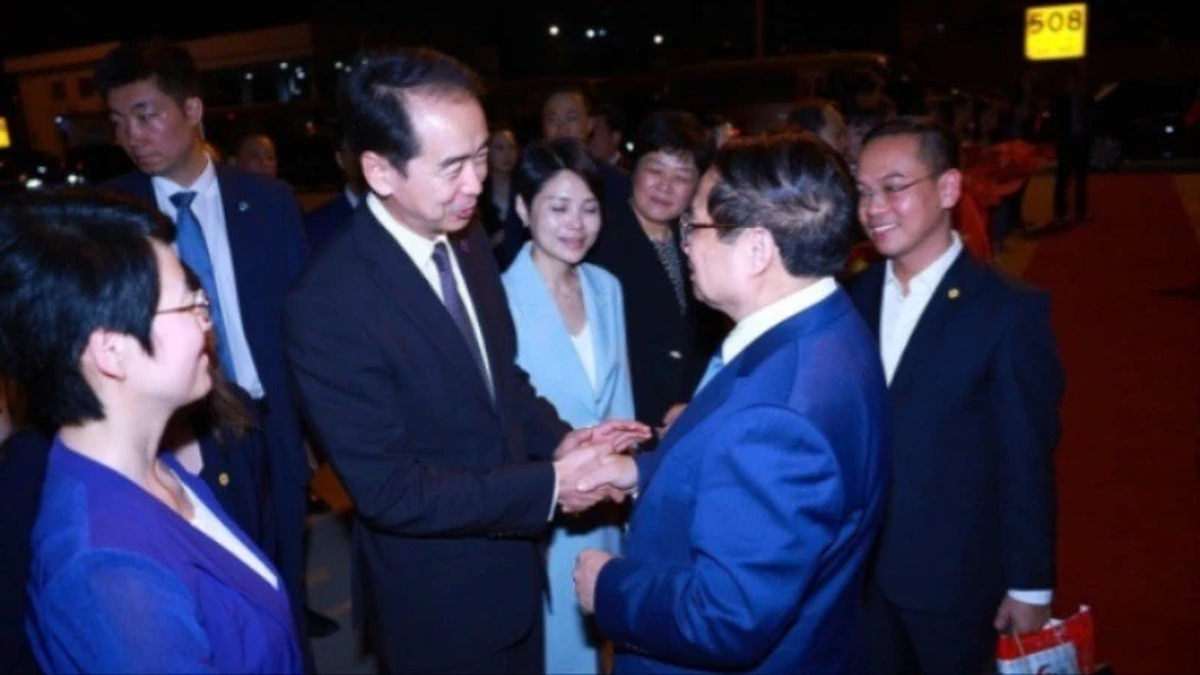

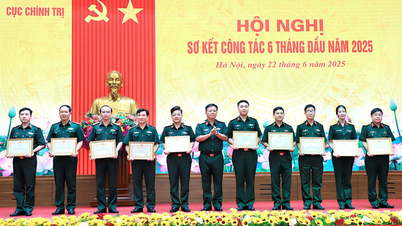

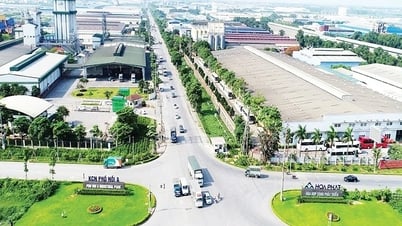

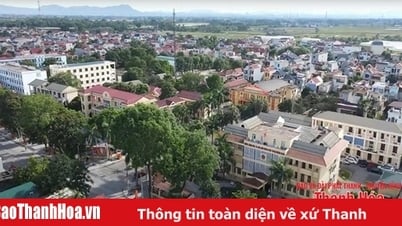

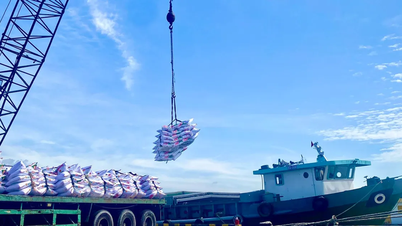



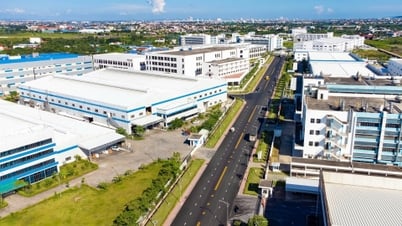







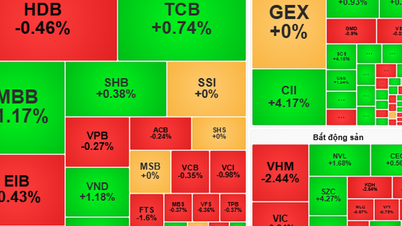
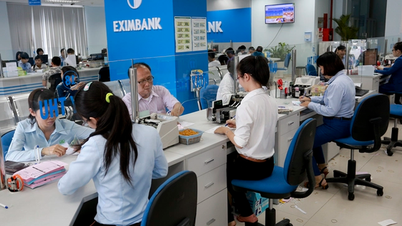




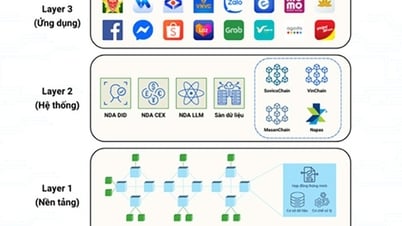





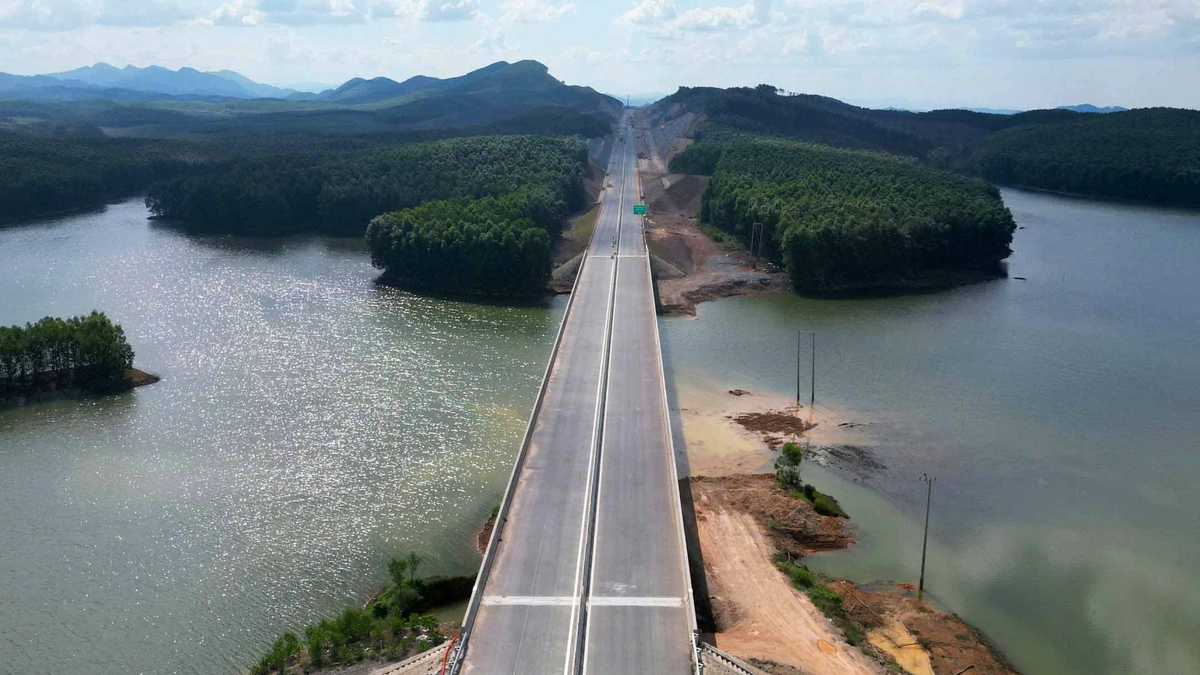
![[Photo] General Secretary To Lam receives Australian Ambassador to Vietnam Gillian Bird](https://vphoto.vietnam.vn/thumb/1200x675/vietnam/resource/IMAGE/2025/6/26/ce86495a92b4465181604bfb79f257de)









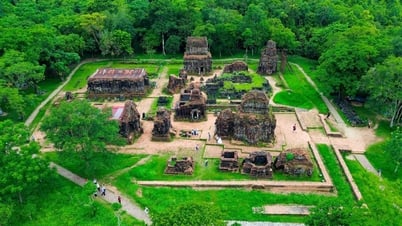


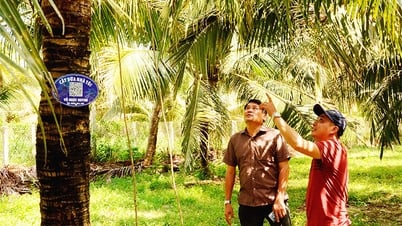






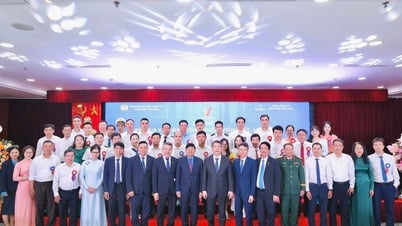

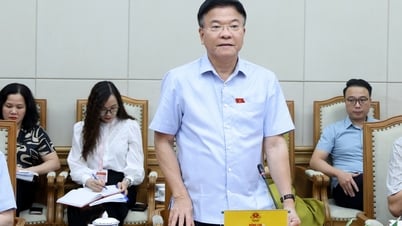



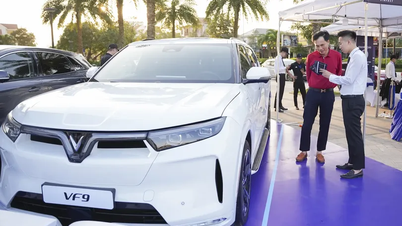



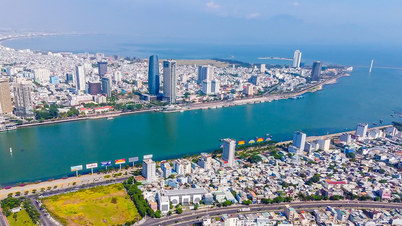

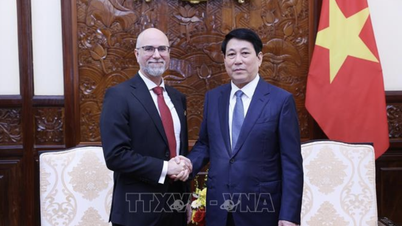
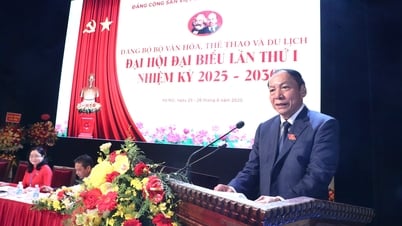

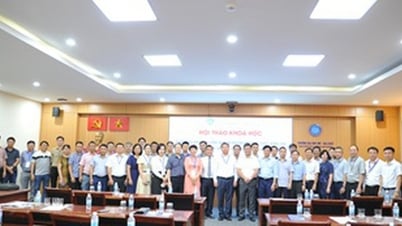

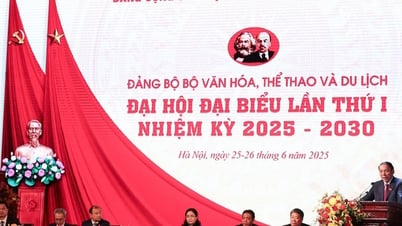






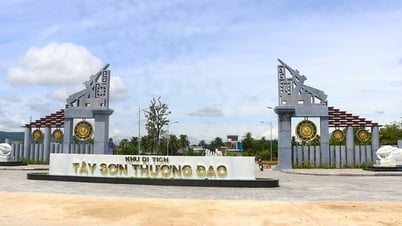
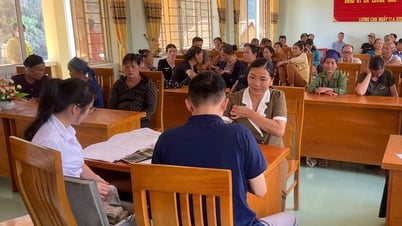

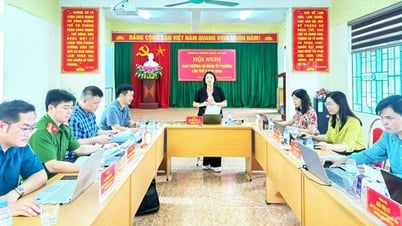




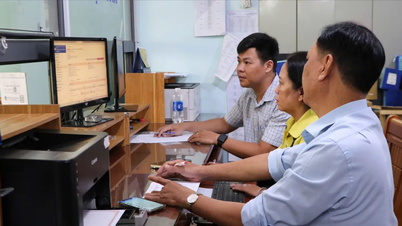













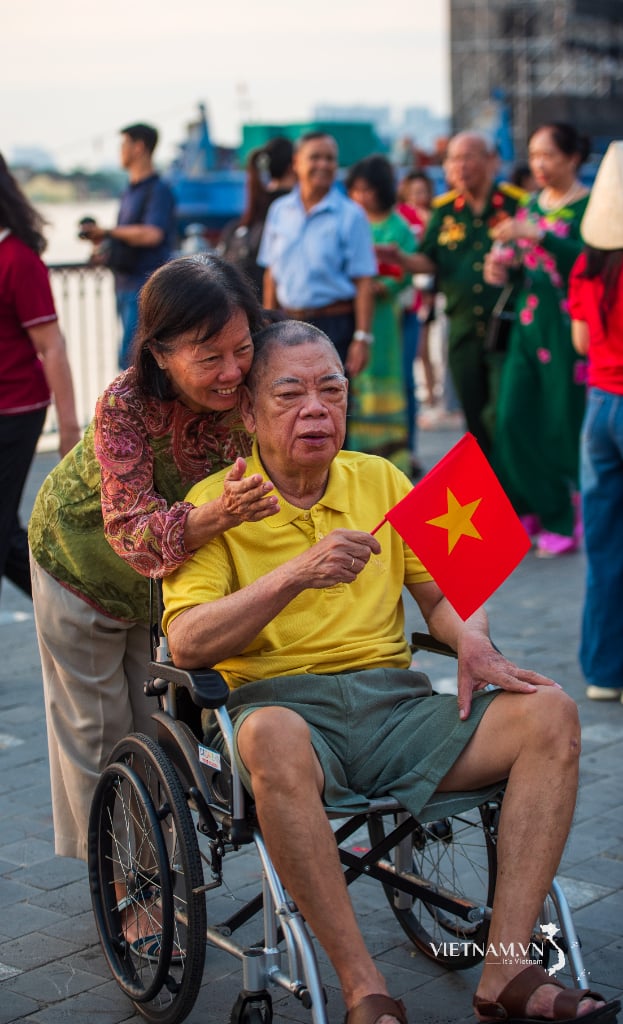



Comment (0)